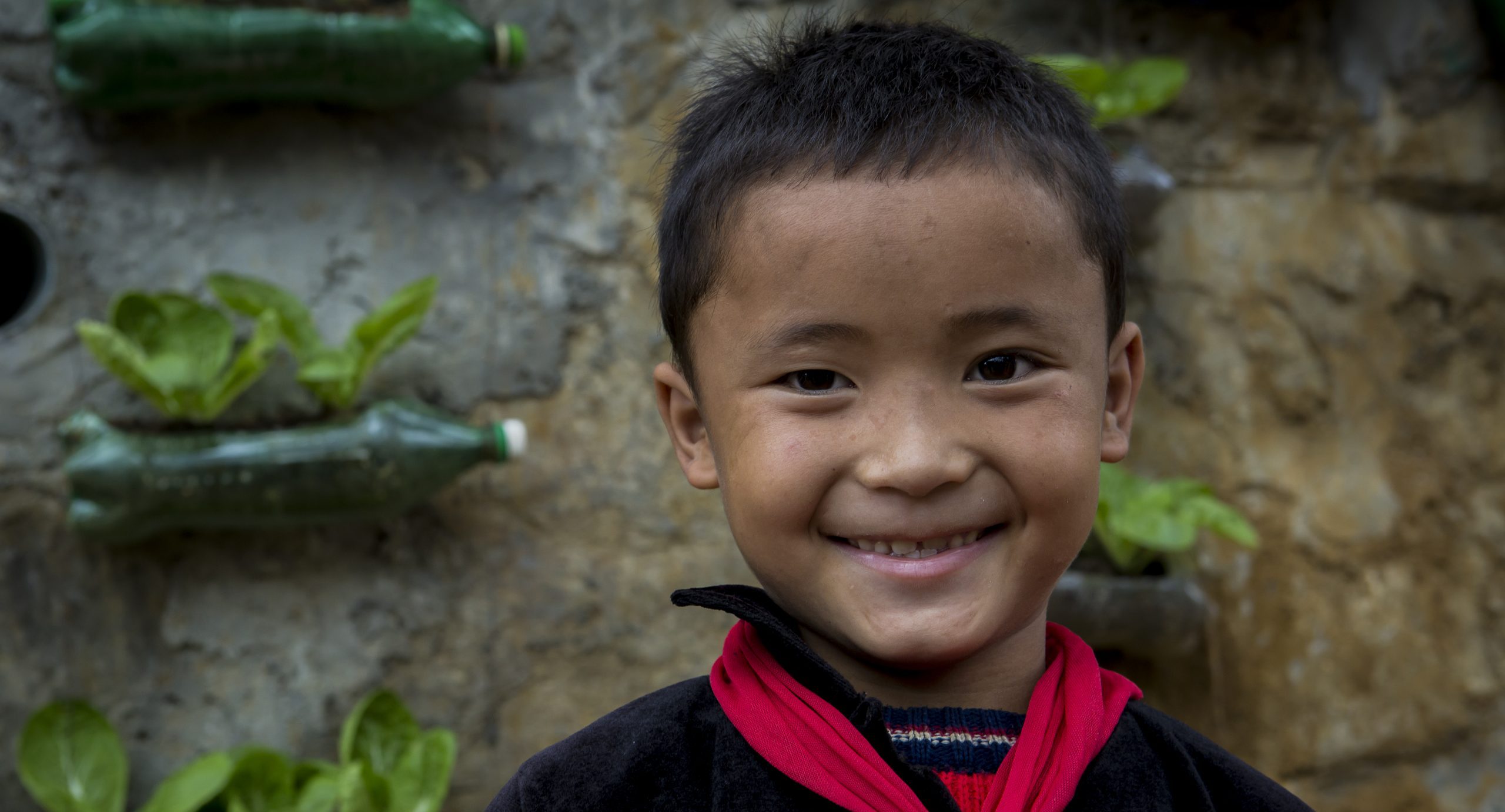Child labour in Vietnam
Ho Chi Minh City (HCMC) was recently recognised as Vietnam’s first mega city with a population of 13 million people. But 36% of the population are internal (rural-urban) migrants, with a temporary resident status. An estimated 400,000 children have migrated to the city from other provinces, either with their parents (350,000) or independently (50,000). The problem of this migration is that these children lack permanent registration (“Ho khau” in Vietnamese), therefore also lacking various and vital access to public facilities (like housing, healthcare and education). Migration is a survival strategy for many households in Vietnam. These rural-urban economically motivated migration flows have a negative impact on education enrollment and usually lead to child labour. Also, the risk of dropping out of school is particularly high for left-behind children and those migrating from rural areas.
In Vietnam, 1.75 million children (9.6% of the national child population aged 5-17) are child labourers.
Where do we work
We work in Ho Chi Minh City and Dong Thap province. The Rural Dong Thap province in the Mekong Delta is highly prone to climate change, especially prolonged flooding, and has high levels of out-migration especially to HCMC.
In Ho Chi Minh City, migrant children are among the most marginalized and vulnerable.
Sectors
Garment, Textiles and Footwear (manufacturing)
Our specific focus is the supply chain of the apparel and footwear industry. Engagement with other manufacturing industries that have a high impact on children will be explored.
Informal Sector (including domestic work) and small enterprises
We will also focus on migrant and other marginalised children vulnerable to child labour outside the ‘factory gates’ in HCMC, that is, those working in micro, small and mediumsized enterprises (MSME), as well as in the informal sector (domestic work) in urban communities.

